


Renell Medrano photographs her hometown in the Dominican Republic
Photographer and director Renell Medrano has always been inspired by her homeland, the Dominican Republic, and the rich heritage of the country her parents were born in. Renell grew up in the Bronx, but visited the Dominican Republic regularly throughout her childhood. Now in PAMPARA, a collaboration with WePresent, Renell returns to the Dominican Republic for the first time since her teenage years to explore the culture that formed her, resulting in a series of images and a film documenting the richness and indelible impact of culture. Micha Frazer-Carroll speaks to the artist about the importance of home, and our complex relationship with identity.
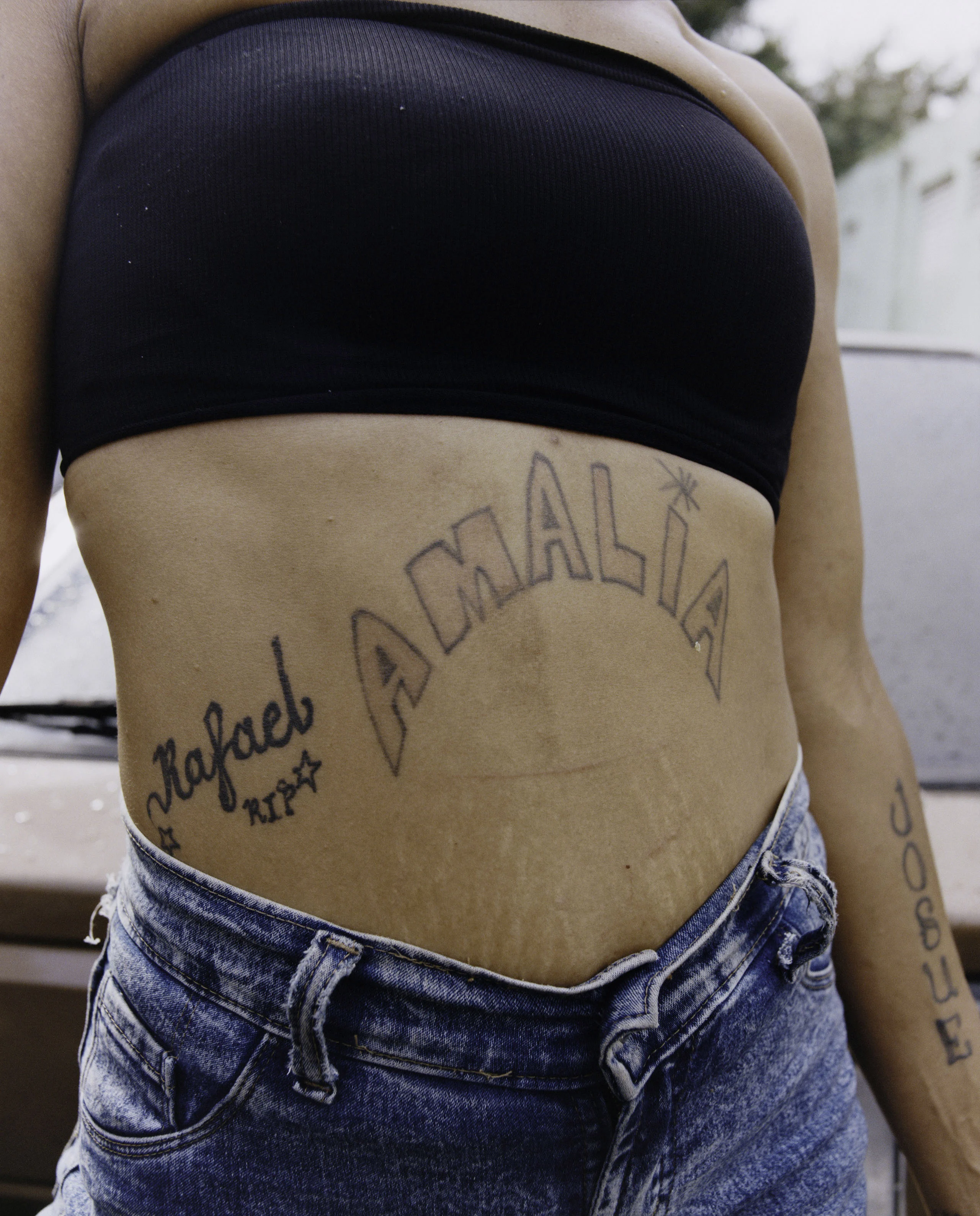
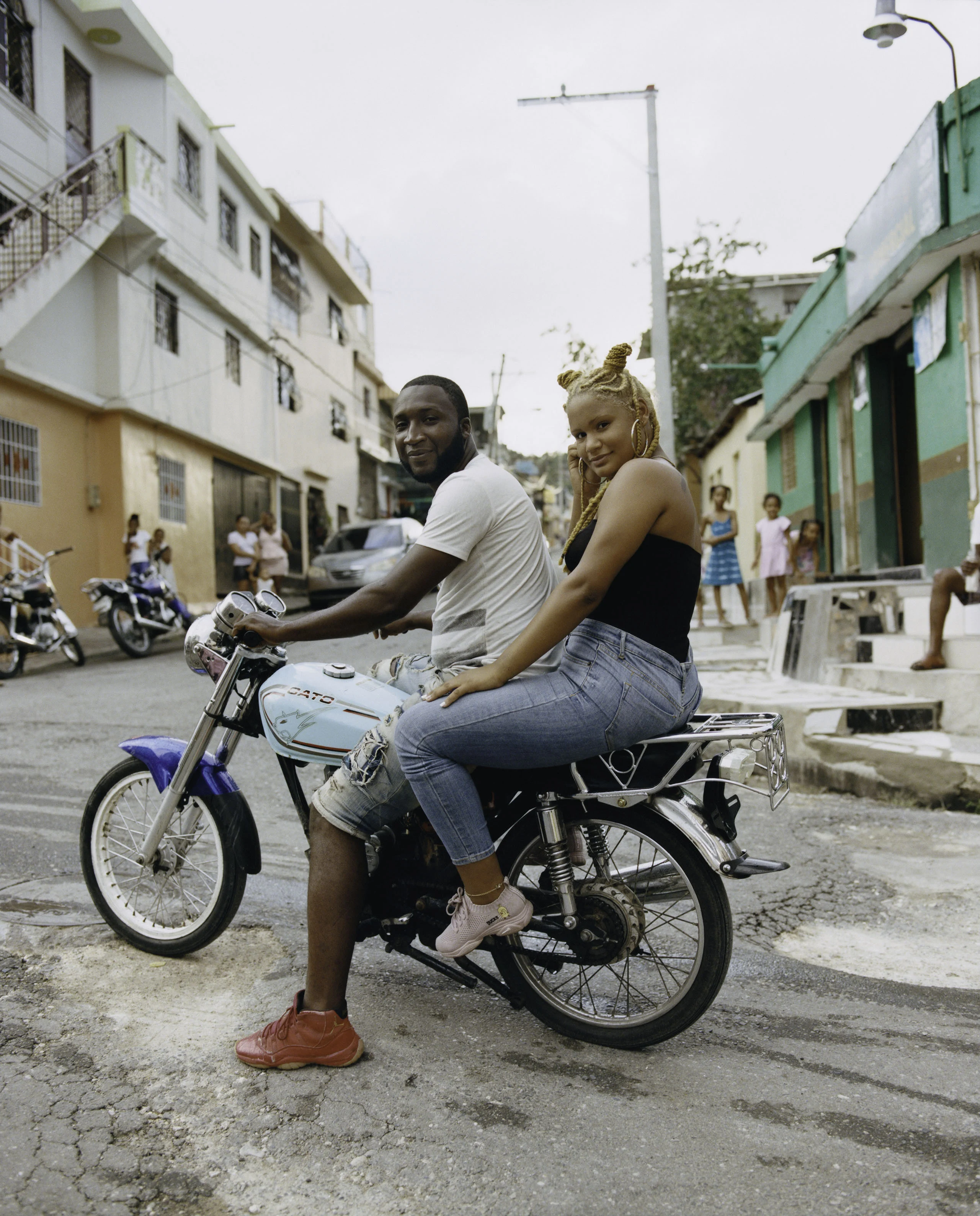

At the end of 2019, Renell Medrano embarked on a journey to somewhere she had visited throughout her childhood, a place that has long-inspired her highly-lauded photographic work. The spirit of the Dominican Republic, her parents’ homeland, infuses the extraordinary imagery she has made since she was a teenager. Her most recent series, created in collaboration with WePresent, is a study of a place that shaped not only her extensive back catalogue, but who she is today.
It’s been years since she returned to the Dominican Republic. Beginning to feel a longing to go back, she embarked on both an artistic homecoming and an emotional one. “I wanted to go back and explore it now that I’m older,” says Renell. “It just made sense to me and where I am in my life now.”
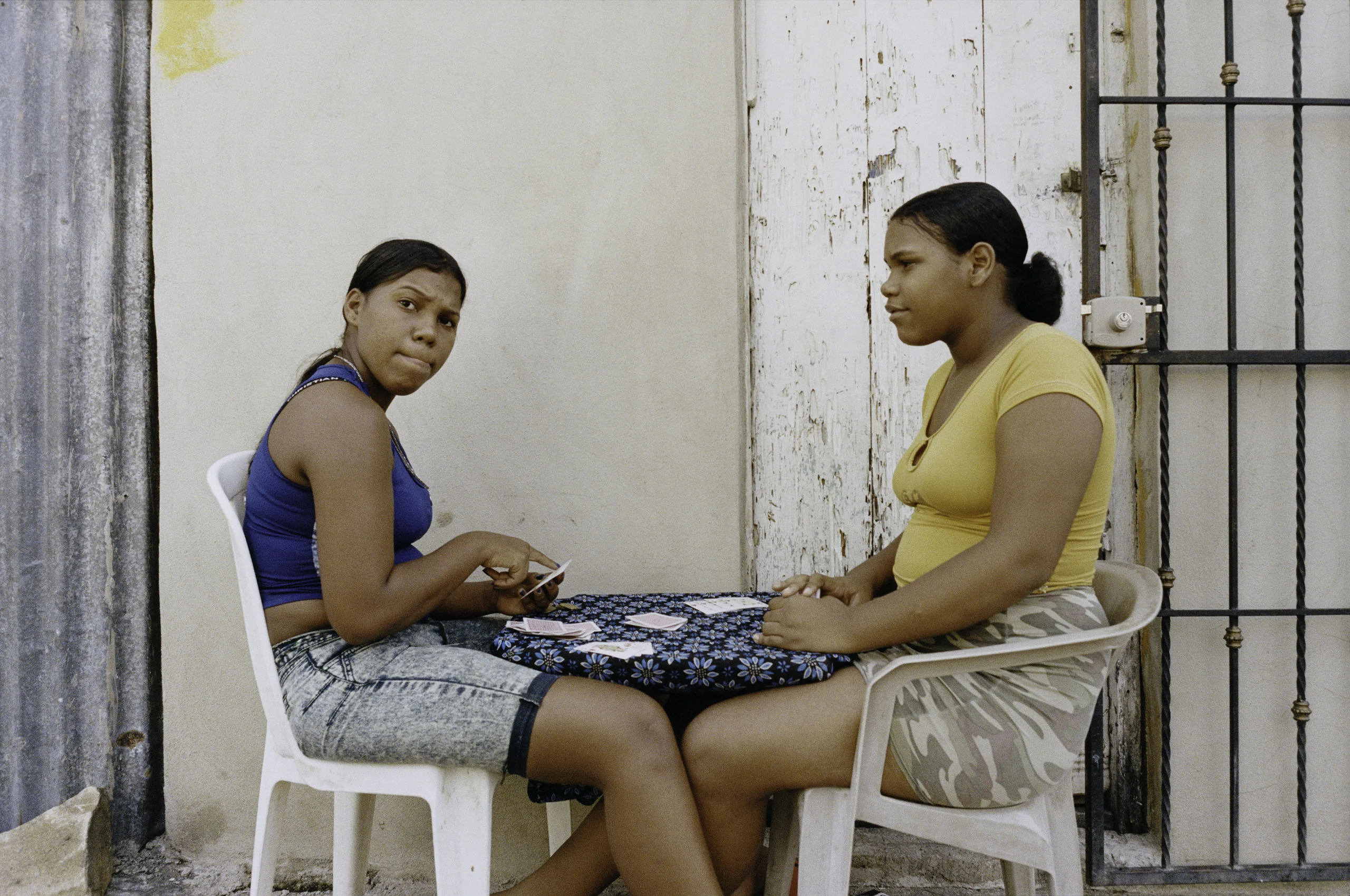
A huge pair of earrings shaped like picture frames, a multicolored manicure, a pair of checkered sunglasses, or a gold chain – in Renell’s work, clothing and accessories are a vessel for the symbolic – always carrying a deeper meaning about constructed national identity.
“In PAMPARA, I took the culture and what we’re known for and exaggerated it,” she says. Each small detail or subtle visual reference in the images is a nod to a wider cultural story. In one photograph a man wears an oversized domino hat, referencing the pastime synonymous with the country.

Even the name of the exhibition speaks to the colloquialism of the Dominican Republic and Renell’s ability to communicate subtle changes between the two cultures she’s been raised in. In Spanish, “pampara” means “lit.”
Translating subtleties in meaning between the Dominican Republic and the US has always been a part of life for Renell, and is woven into the purpose of this project. “I haven't really touched base on where my family’s from,” she says. “It inspires me, influences my work and informs my childhood memories… I decided to dive into that culture.”
I didn’t want to make everything seem set up. So I went out into the street and cast faces that I liked and could relate to.


In adulthood, Renell has spent time crafting projects like Peluca, a portrait on the power of wigs, and working on high-end editorial commissions including campaigns for Tiffany’s & Co. and Nordstrom, and photographing Jay-Z for the cover of the New York Times.
She says motifs and ideas from her childhood visits to the Caribbean followed her throughout her studies at Parsons School of Design, and are present in almost every photograph she has taken. Making traditionally non-conventional images into something beautiful is a trait that Renell has harked back to throughout her work. She partially credits her mix of childhood experiences – the fact that the people, architecture and areas she grew up surrounded by were rarely depicted as subjects of beauty.

Her style, although somewhat structured, is threaded with spontaneity. She paints a picture of her casting process – which evokes an image of her walking through public spaces, trying to imagine how a scene will come together. “I didn’t want to make everything seem set up. So I went out into the street and cast faces that I liked and could relate to.”
Her overarching vision for the project is connected to this method. “I just wanted it to feel free. I didn’t want to tie it down to anything.”
Peeking through car windows, hitching a ride or hanging out together in groups on the street, children feature heavily in PAMPARA. Renell says they built up an environment of energy and curiosity behind the scenes: “In the Dominican Republic kids are always out, up and down the street, which reminds me of what I used to do.”
I met this one young girl that literally looked like my younger self. She was holding the camera and loading the film for me, and it just reminded me of myself.
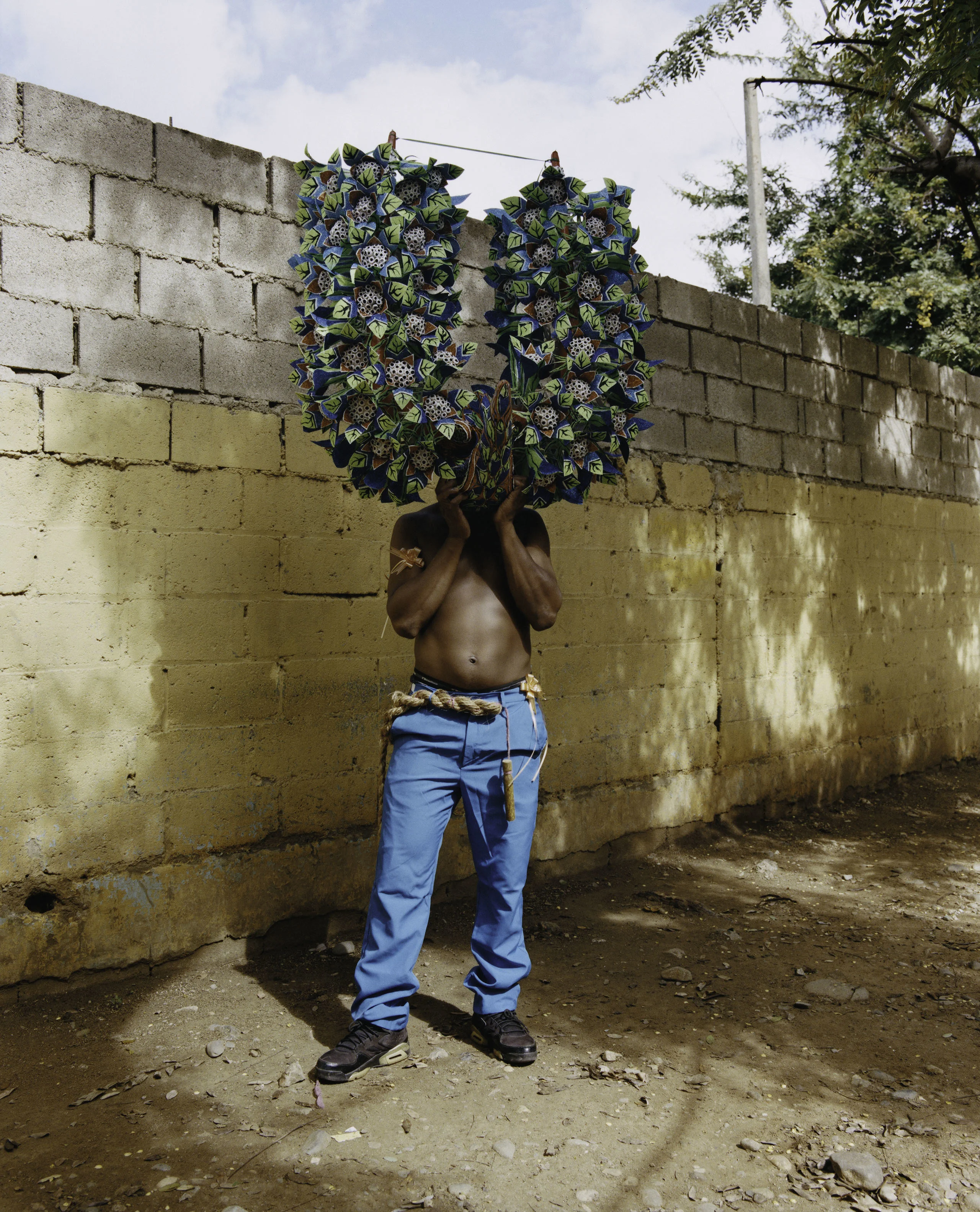


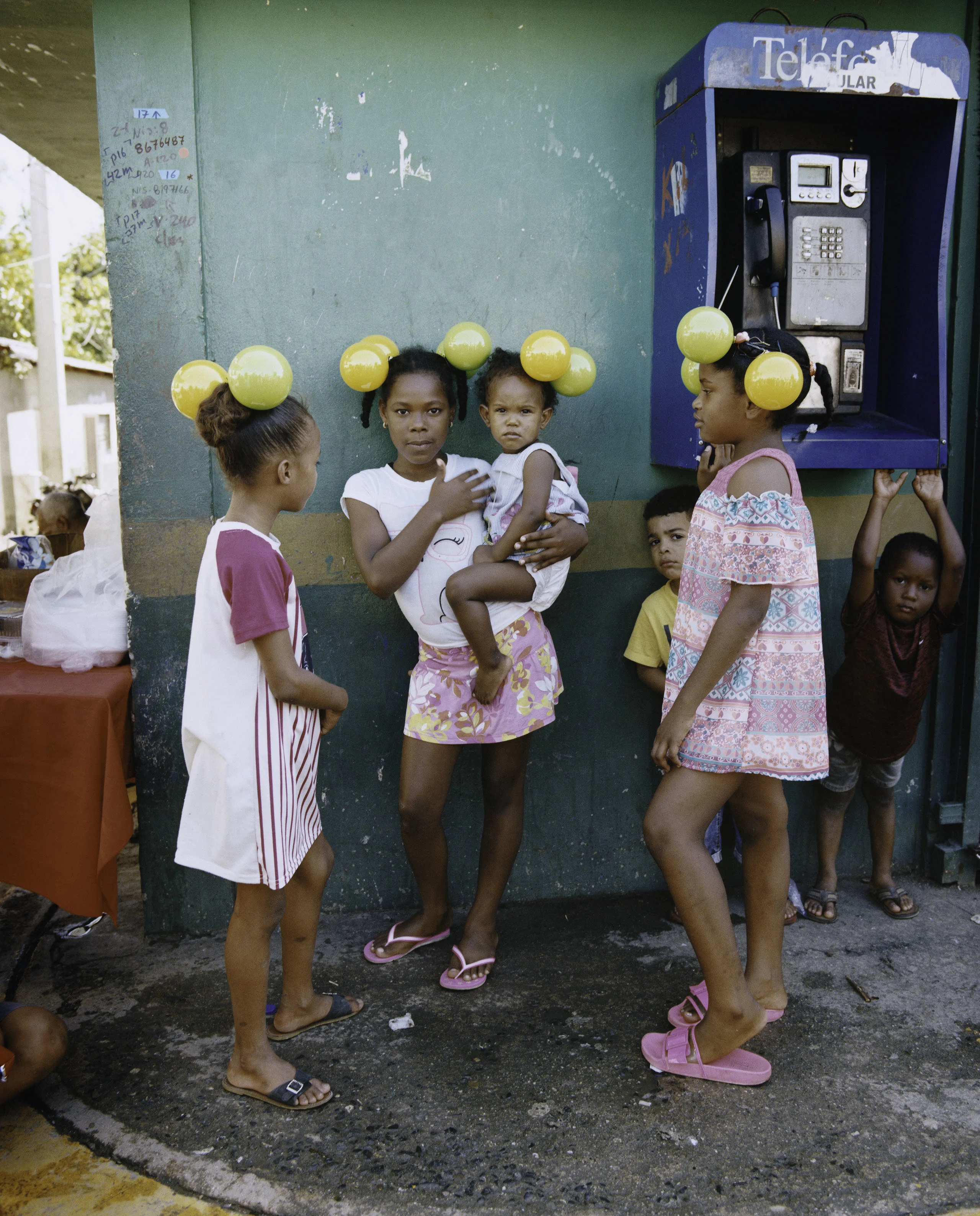
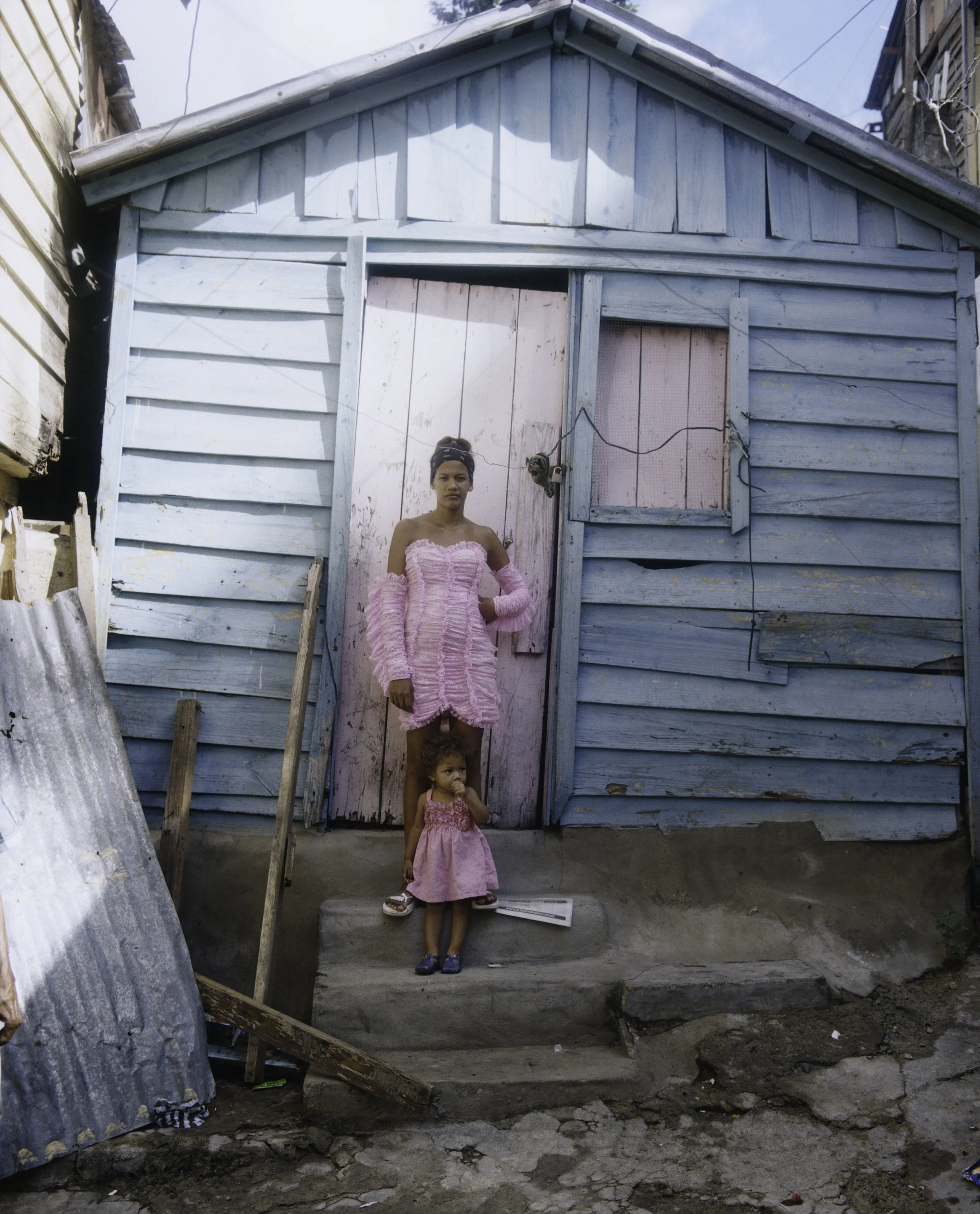
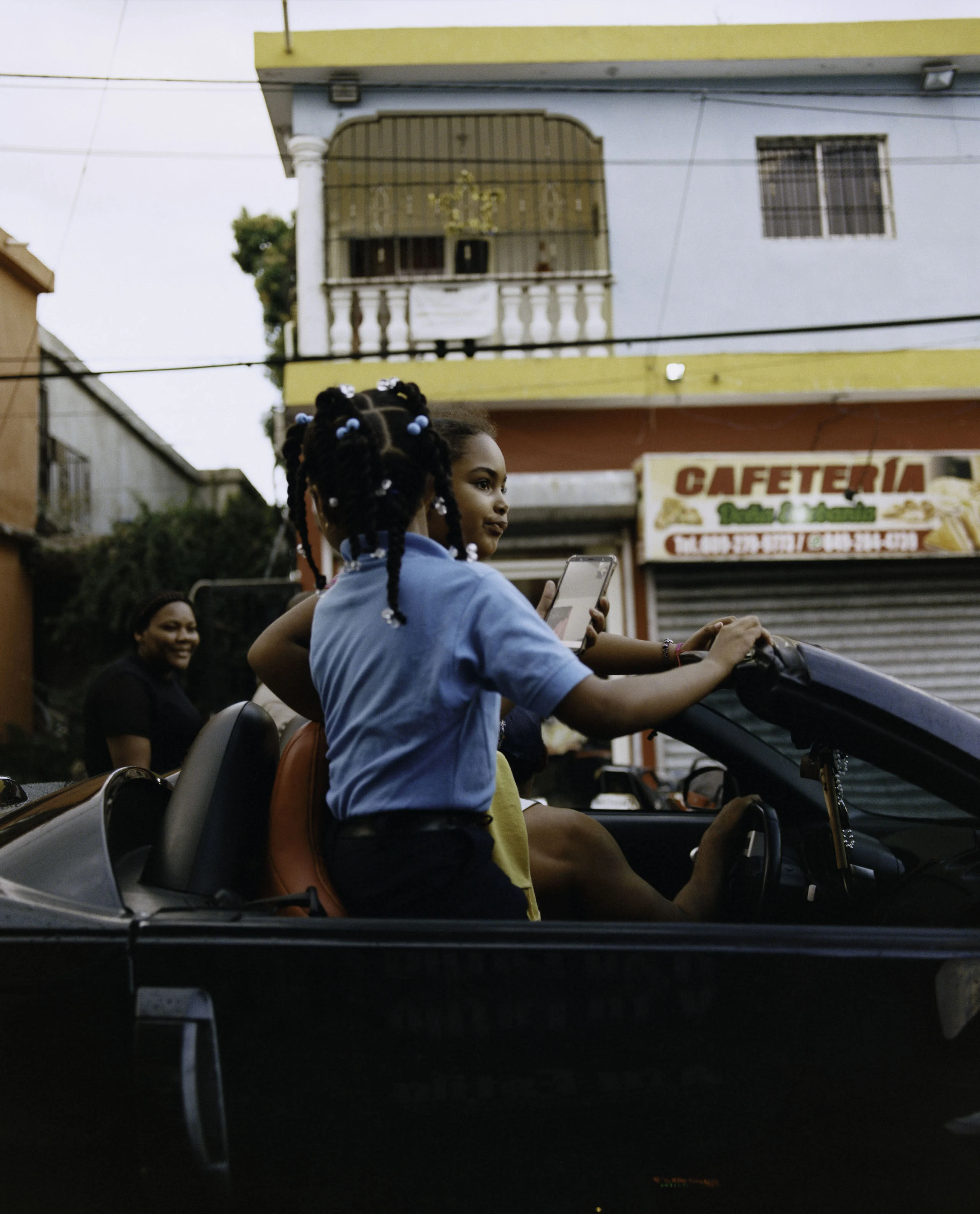
It’s okay to have a soft side, that’s what I wanted to show in these images: that vulnerability.
The curiosity of the children running around her as she captured the images for PAMPARA got her thinking about future visits. “I would love to be able to teach kids photography. I think that would be amazing, because they were all so into it.”
There’s also a parallel to be drawn between this childlike excitement surrounding the meaning and purpose of photography and Renell’s own exploration with the medium from a young age. Picking up her first camera at 14, she learnt largely by borrowing her mother’s point-and-shoot.
“Then , I met this one young girl that literally looked like my younger self. She was holding the camera and loading the film for me, and it just reminded me of myself.”

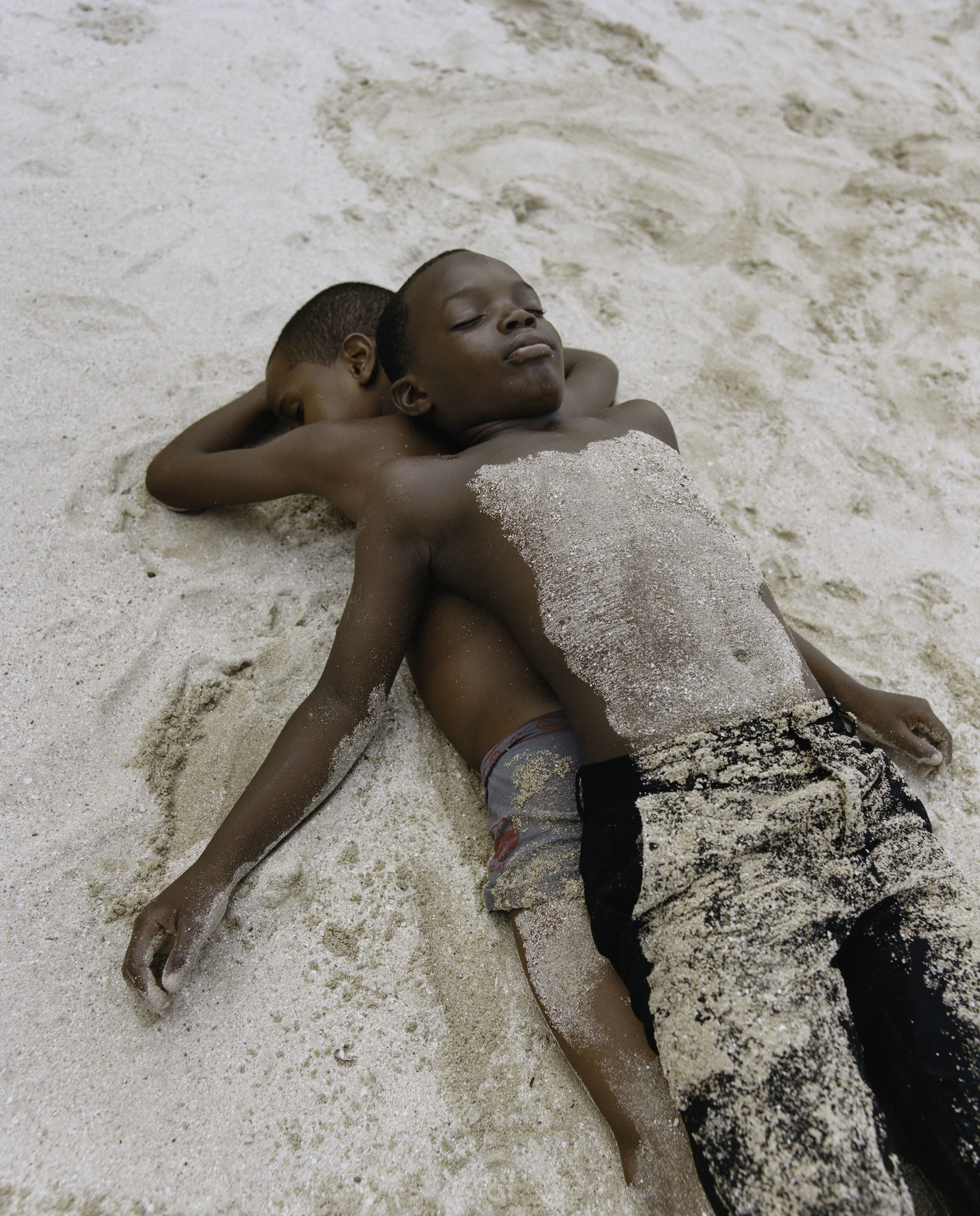

In another image for PAMPARA two boys lie in the sand, on top of one another, back to back. Both boys look completely at peace.
Renell explains that she sees the freedom of childhood as gendered. “We always give this masculinity to the boys in the Dominican Republic. Growing up my dad, brothers and uncles were always bold, strong guys.
But it’s okay to have a soft side, and that’s what I wanted to show in these images: that vulnerability.”
She says, however, that public perceptions of masculinity, and relatedly, sexuality, are shifting, noting a new age of fluidity seeping into the Dominican culture.
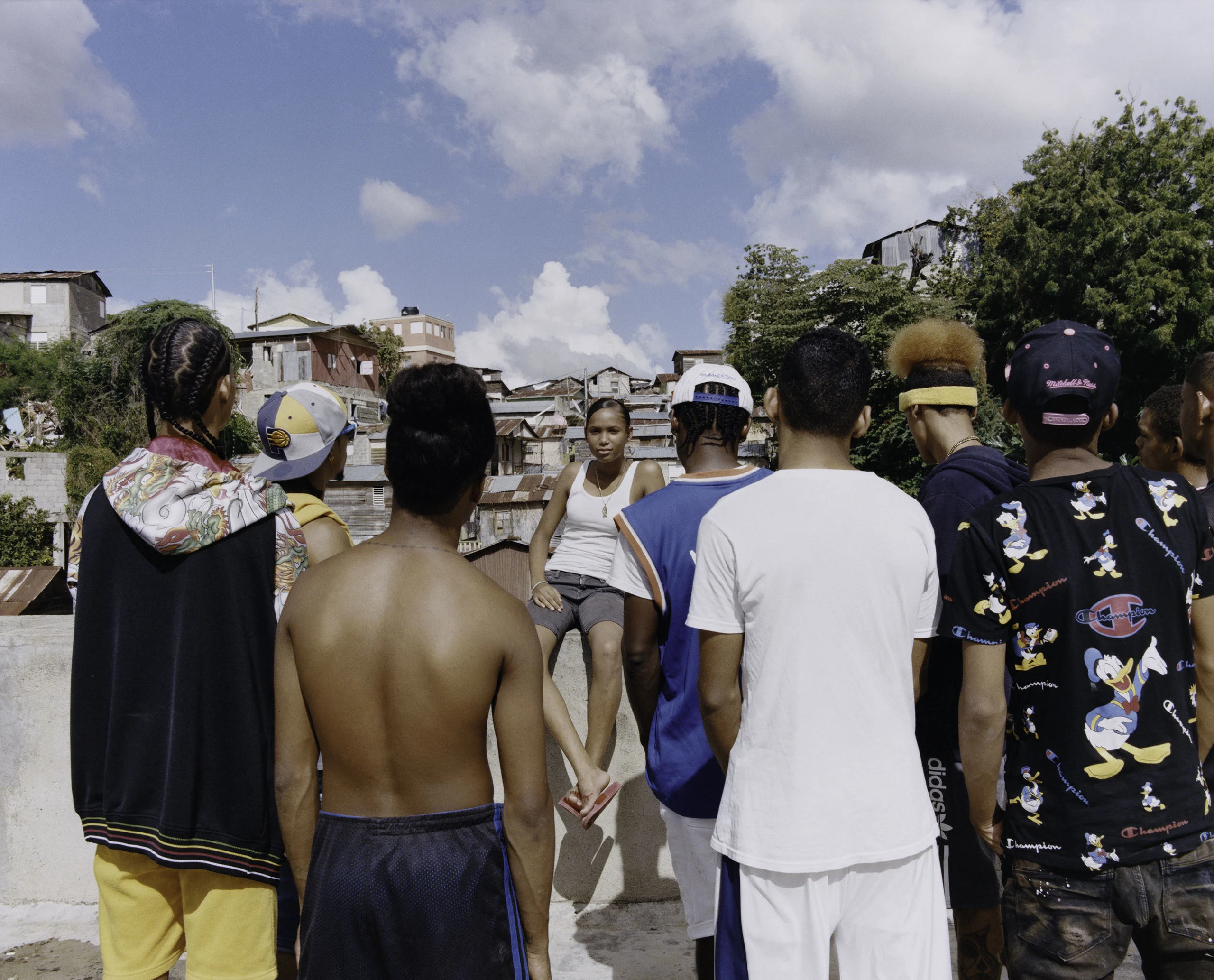
What feels notable about this work is not only the act of presenting one’s heritage to outsiders, but also doing that as a sporadic visitor, someone who can capture snapshots of how a deeply personal site changes over time. Renell says part of her drive to bring the show to London was also to present Dominican culture to an audience that might not be so well-acquainted with them.
Renell emphasises that the Dominican Republic, like all places, is multifaceted and changing.
She also says she doesn’t want to guide viewers through her photos, but instead, leave things open to interpretation. “I like to leave it up to the viewer and just see their reaction...I love having the viewers come up with their own story in their head, and wonder why I picked each image. People are always telling me to speak about my work, but I kind of just stay quiet and let it speak for itself.”
